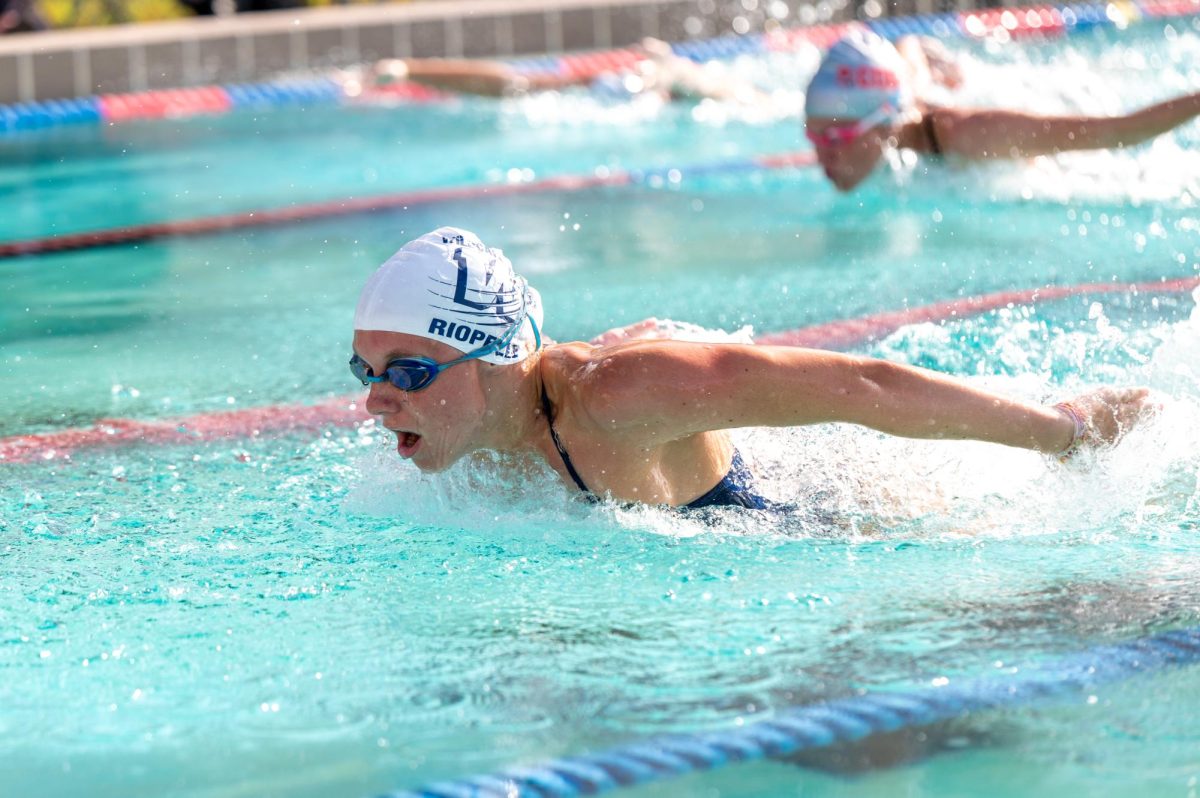Irma-gosh
October 4, 2017
As if dealing with the normal burdens that come along with a hurricane isn’t bad enough, seventh-grader Abigail Watson now has to overcome an ankle injury.
“I was in the garage and the hurricane shutters were leaning up against the wall,” Watson said. “I was walking by and they just came falling down. I don’t know what made them slip, they just came falling down on my leg.”
Watson was gearing up to go to a soccer tryout for the Florida Olympic Development Program when the injury occurred. The purpose of ODP is to identify players for the men’s and women’s youth national teams, and the process takes place through state, regional and national levels. Watson is also going to miss out on the rest of golf season, and she won’t be able to try out for school soccer.
“I feel bad because I can’t play this season,” Watson said. “I was only able to play in four golf matches and I’m going to miss districts. And I also was planning on trying out for the school team, but even though I’m upset about missing that, I know I have more years.”
Watson is going to be out for six weeks non-weight bearing, and four weeks walking in an ankle boot.
“The bone in the inside part of my ankle was broken into three pieces,” she said. “I had to have surgery and they put a bunch of pins and metal in it. They told me that once it heals I won’t break or sprain it again so it will be stronger when I come back next season.”
Clean Slate for Storm Days
Good news students: the remaing missed school days from Hurricane Irma will not have to be made up, as announced by the Florida Department of Education. This follows a decision from Sept. 20 when Commissioner of Education Pam Stewart announced two days would be waived to help districts find a way to make up missed time. Brevard Public Schools was required to not use any make up days because they had “enough instructional minutes built into the district’s schedule” to get by.
Assistant Principal Catherine Halbuer explained the importance of being at school for a certain amount of hours.
“At the high-school level, it’s required to be in attendance enough to receive credit,” Halbuer said. “The school board requires you to have a certain amount of hours in order for you to get credit for your classes. Luckily the district won’t have to make up any days since we have [time] to spare per week.”
So, what this means for students is that they will be able to rest easy knowing that they won’t have to make up any more school days. During the 2003-2004 school year, hurricanes Charley, Francis and Jean caused students to miss a total 10 days of school.
“By the time it’s the end of the year you don’t really remember it,” science teacher Magdalena Molledo, who taught in during the 03-04 school year, said. “Seven days is a lot. I don’t remember missing that many that year. We would miss a couple at a time but, this year is weird.”
A look back to Andrew
While examining Hurricane Irma, notable similarities between it and Hurricane Andrew appear. Both began off the West Coast of Africa, went through the Caribbean and then curved West. Andrew made landfall with sustained winds of 165 mph, while Irma hit as 130 mph.
In August of 1992, a category 5 Hurricane named Andrew hit the Bahamas and Florida, and to date is the most destructive hurricane to hit the state. Hurricane Andrew changed the whole face of natural disasters, catastrophes and how insurance is calculated. It established better ways to do mass evacuations and create building codes.
Principal Rick Fleming evacuated to Homestead in Miami-Dade County for the storm, which ended up being the direct ground zero of the eye-wall of the hurricane.
“At 4:40 a.m. all of a sudden the power went out,” Fleming said. “I was standing near a window and listening to rocks hitting the wood [on the windows.] A piece of Mexican tile blew through the window next to me, and if I had been standing two feet to my right, I wouldn’t be here today.”
The wind forces were 165 mph, strong enough to take off roofs, and propel large objects into the air.
“The windows started to explode in the house even though they were covered because of the barometric pressure not being even with winds in the house,” Fleming said. “Then the roof started blowing off my house so I turned and I ran down the hallway, and as I was running to my family down the hallway a piece of glass about four inches long stuck me in the back. I didn’t notice because the adrenaline and my wife had to pull it out of my back. I still have the scar.”
Both storms brought major damage to the Southern tip of Florida, and the Keys are still operating in full disaster mode more than two weeks after Hurricane Irma made landfall here as a Category 4.




















































